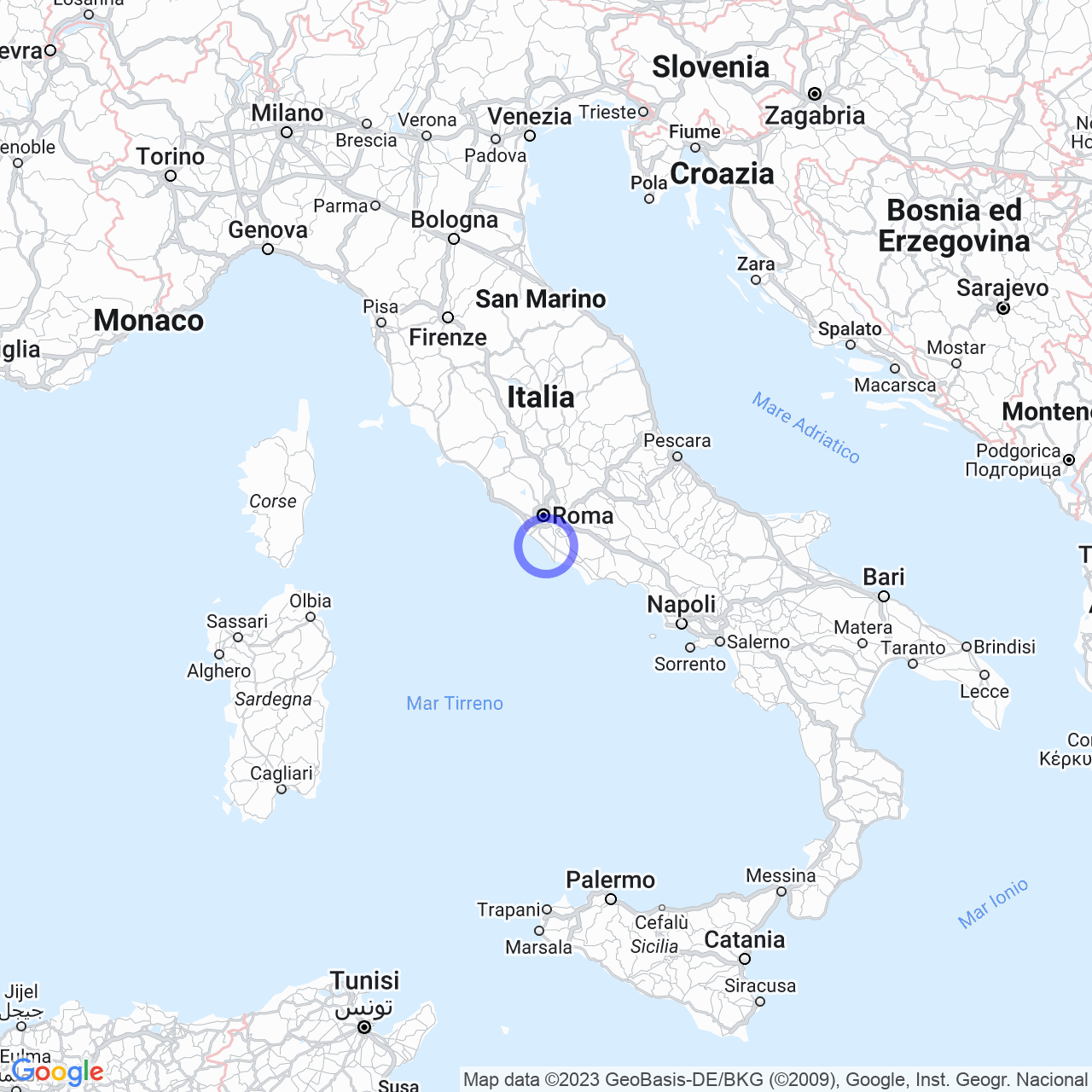Ardea
Exploring Ardea, an Italian municipality rich in history and nature
Ardea is an Italian municipality located in the metropolitan city of Rome Capital, in Lazio, with a population of 48,548 inhabitants. The city extends south of Pomezia and borders on the left side with the Castelli Romani and the Tyrrhenian Sea, while to the south it borders with Anzio and Aprilia. Ardea is a city that offers a lot to discover, with its history, geology and climate.
Physical geography

Territory
The city of Ardea sits on a tuff rock, from which it dominates the surrounding area of the Agro Romano. It is surrounded by the Alban Hills to the west and borders Rome, Pomezia, Albano Laziale and Ariccia to the north, Aprilia to the east and Anzio to the south. The coast of Ardea was characterized by long sandy beaches and dunes, which unfortunately have been destroyed to make way for real estate subdivisions.
Climate
The climate of Ardea is influenced by the Tyrrhenian Sea and falls within the "Southern Tyrrhenian" climatic region. Summers are very hot, thermal winds from the sea refresh the city, and there are strong autumn and spring rains. During winter, there are also humid currents, and until the 1970s, there were tornadoes that sometimes devastated parts of the territory of Ardea and Pomezia.
Meaning of the name
The name Ardea comes from the Latin word "ardea", which means heron. The origin of the name dates back to the ancient languages of the Mediterranean and indicates something bright and splendid.
History
The mythical origins
Myth has created several stories about the foundation of the city of Ardea, linked to the legend of Aeneas on the origin of Rome. The first legend, reported by Dionysius of Halicarnassus, talks about Ardeas, son of Ulysses and Circe, the founder of the city. Another version instead links the origin of the city to Danae, daughter of the king of Argos, who would have arrived in the area and married the Rutulian Pilumnus, giving rise to the descent of Turnus.
The ancient era
The few remains of the ancient city, dating back to the 7th century BC, are located on the Civitavecchia hill. Ardea was also inhabited by the Etruscans and the Romans, as evidenced by the tombs and architectural structures still present.
The modern era
In the 1500s, Ardea experienced a period of truce from wars and grew as an agricultural center. In the seventeenth century, it became the property of the Borghese, an important Italian noble family, which influenced the architecture of the city, including the Borghese Palace. In the 1920s, the municipality of Ardea was founded by the division of the municipality of Pomezia.
Today
Today, Ardea is a city in development, with many green areas, including the Sughereta Park and the Archaeological Park of Lavinium. There are also many commercial activities and historical places, such as the Ardea Castle and the Acropolis, as well as a strong sports community.
Conclusions
In conclusion, Ardea is a fascinating Italian municipality, rich in history and nature, which has a lot to offer to tourists who want to discover the area. The city extends from Pomezia to the north to Anzio to the south, with the coast of the Tyrrhenian Sea to the west and the Castelli Romani to the east. The history of Ardea has ancient roots, with the foundation of the city linked to the legend of Aeneas. Today, Ardea is an expanding city, with many cultural and sports activities. If you want to discover Ardea, we recommend visiting its parks and monuments and immersing yourself in its fascinating nature and history.
